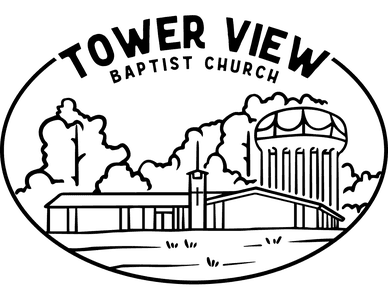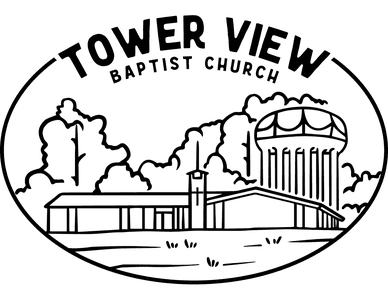Revelation 7:4-8 of the Bible are often misunderstood and misinterpreted. And, as a result, many interpretations have emerged, including:
1. Some believe the 144,000 are Jehovah's Witnesses who will reign in heaven.
2. Others think they are select Sabbath worshipers (Seventh-day Adventists).
3. There's a view that they represent preachers following Melchior Hofmann in 1533, which didn't come to pass.
4. Some see them as the Church, representing all the redeemed throughout history.
5. Another interpretation is that they are literal Jews saved and chosen for special service during the Great Tribulation.
Will the argument ever stop about who the 144,000 servants in Revelation 7 really are? Maybe not, but I hope these facts below will help us understand them better. In Revelation 7:4, it says that 12,000 are chosen from each of the twelve tribes of Israel.
- Some interpret the 144,000 as a Jewish remnant saved after the rapture, who serve as evangelists during the Great Tribulation. However, this perspective depends on a futurist reading of the book and raises questions about God's treatment of Gentile believers. Will he only protect those who are of ethnic Israel?
- The number 144,000 is likely symbolic, emphasizing completeness and representing all believers, whether Jew or Gentile, i.e., the church. Thus, the 144,000 and the innumerable multitude in Revelation 7 refer to the same group viewed from different angles.
- There are significant differences between the 144,000 in Rev. 7:4-8 and the great multitude in 7:9-17. The 144,000 are specifically numbered, while the multitude is countless. The former is from Israel, while the latter is from all nations. They are also in different locations—with the 144,000 on Earth and the multitude in heaven.
- The list of tribes in Revelation 7 doesn't match any of the various lists found in the Old Testament. Judah is listed first here, which is only the case in the Old Testament when tribes are arranged geographically, moving from south to north. This might emphasize the importance of the messianic king from the tribe of Judah.
- Dan and Ephraim are notably absent from the list. Some believed that the Antichrist would come from the tribe of Dan, but these tribes are associated with idol worship. Instead, Joseph and Manasseh are mentioned, and the reasons for this substitution remain unclear.
- The numbering of the 144,000 may evoke the Old Testament census, symbolizing a Messianic army called to conquer through sacrificial death. They are adult males, similar to those eligible for military service.
- The 144,000 are referred to as the "servants" of God," which in Revelation usually means all those from all time that have believed on Jesus. Just as Satan marks his followers, God marks his people.
- The 144,000 in Revelation 7:4-8 seem to be the same group mentioned in Revelation 14:1-5. They are described as having the seal of God on their foreheads and being redeemed from the earth and mankind, suggesting they represent all the redeemed throughout history.
- In Revelation 14:4, the 144,000 are called "first fruits" to God and the Lamb, indicating they represent the initial group of believers whose salvation foreshadows a larger harvest in the end times.
- The 144,000 conquer their enemy as Jesus did—through sacrificial death. Their deaths appear to be defeats, but they are actually victories, demonstrating that the battle against evil is won through faith and perseverance.
In short: The 144,000 seem to be a symbolic representation of all believers. Their purpose is to emphasize the completeness of God's redeemed people. And whether they are on Earth or in heaven, they are engaged in spiritual warfare or enjoying their heavenly reward.


